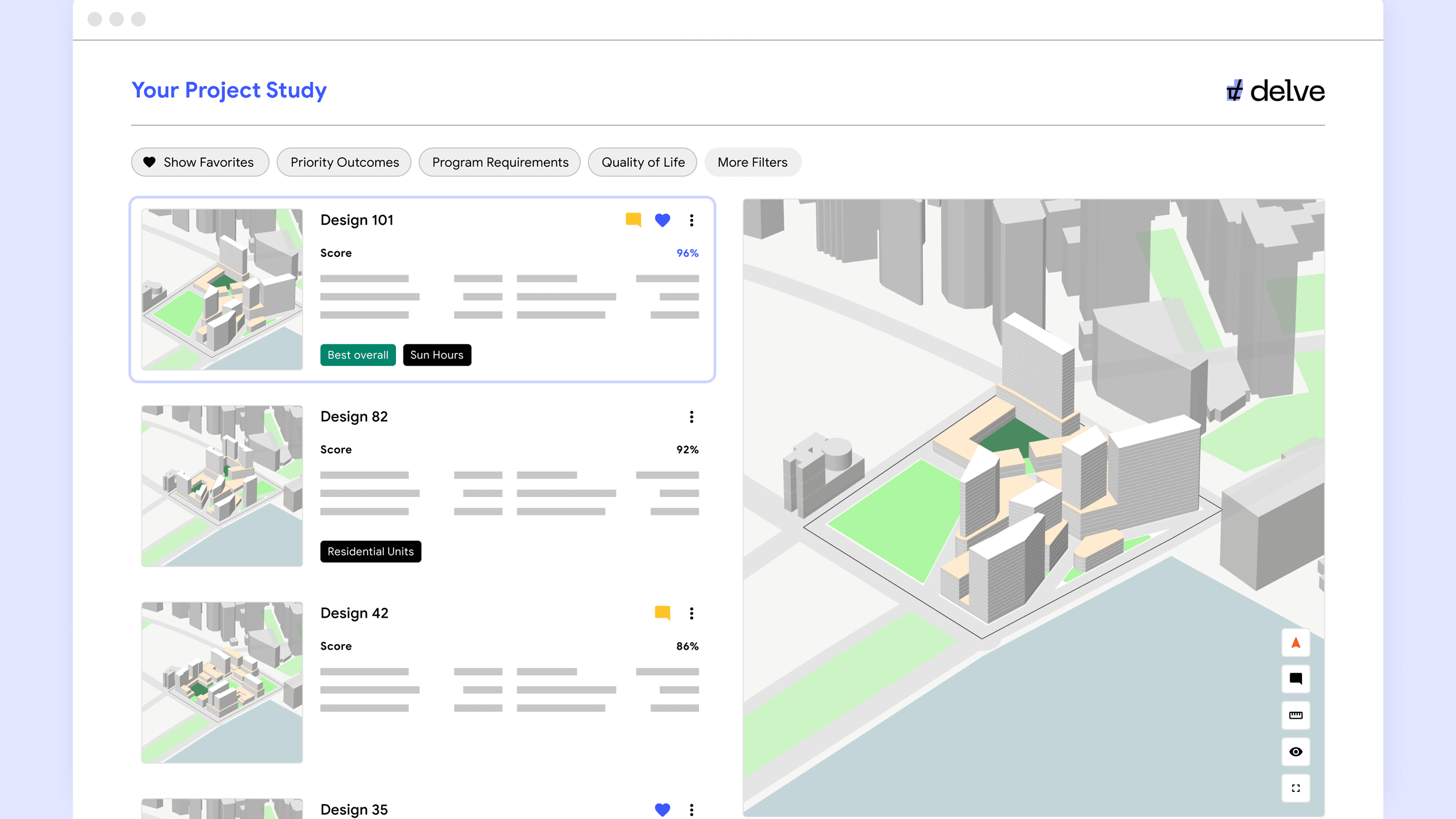

This is fine, just make sure to pour gently and smoothly enough to avoid entraining air.This quick guide will help you understand the requirements around maintaining optimal laboratory temperatures and humidity. The epoxy is moderately viscous, so you may need to pour at different locations in the mold.Ensure that eventually, the entire support structure is covered.Pour the remaining epoxy from the beaker gently into the mold.This one is more of a judgment call on when to stop wait about as long as for the first degassing, but not several times as long.Degas the beaker and the mold, to ensure any air trapped in the wedges is released.Put the master mold in the vacuum chamber, and carefully pour in enough epoxy to cover the wedges to about 3/16" depth (approximate).Place the assembled stiffener structure into the mold.Remove the red tape protecting the wedges.Unlike many other epoxies, this epoxy has key components that are volatile, and so cannot be vacuumed indefinitely. Degas until the epoxy rises, then falls, then give it about 10 more seconds.The tall beaker makes sure that the epoxy doesn't overflow its container during de-gassing.The daughter mold requires about 300 g of EpoxACast 670HT.Mix the epoxy you're using in the tall disposable beaker.Use the jiffy mixer (located in the back right corner of the hood in TLTL) to mix part A of the epoxy.Apply Mann EZ-Release 200 or equivalent mold release agent to the mold, taking care to cover all exposed acrylic surfaces.

This will protect them from mold release. Using red tape, carefully apply pieces of tape to cover just the wedge features in the mold.Seal any gaps at the corners with superglue.Glue the end walls on, using the ends of the long walls as a guide.Use the carbon fiber support structure as a guide, as it should eventually be a slip fit into the mold. Repeat with the opposite side, ensuring the acrylic wall is parallel to the first, and that the ends are aligned.To allow ease of removal later, glue these by initially holding them firmly in place, and using a toothpick, wetting the outside corner where the wall meets the fiberglass with superglue. Tack down one of the long acrylic sidewalls with superglue.Ensure that the silicone ridges created by the runners in the mold reach the trimmed edges if they do not, use a small amount of modeling clay to extend the runners to the trimmed edges.Repeat the trim and scraping process for the short edges, keeping the edges 150mm apart.All silicone outside these parallel edges should be scraped away, leaving a clean fiberglass surface. Start with the long edges of the silicone on the fiberglass+carrier backing, trimming them in straight, parallel lines, 100mm apart.To preserve flatness and backing thickness defined by the wax mold, any silicone which cured in between the fiberglass and the wax mold reference flats should be left in place, and not scraped away. Begin mold preparation by carefully trimming away excess silicone from the molding process.All walls should measure 0.625" in height, and be cut from 1/4" acrylic sheet. Each mold needs a set of acrylic sidewalls, two long ones measuring 150mm in length, and two short ones measuring 103mm in length.Clamp the wax block in a vise, and using a piece of acrylic to spread the pressure, gently pry up one edge of the backing until the master adhesive releases from the wax mold.Before attempting to demold, make sure to peel off the tape used to seal the runners, as well as any silicone adhered to the sides of the wax block.6x2x1" weights on the back to apply pressure while the mold cures. From one end, slowly roll down the fiberglass backing, and then press firmly until the backing seats on the reference flats in the mold.



 0 kommentar(er)
0 kommentar(er)
